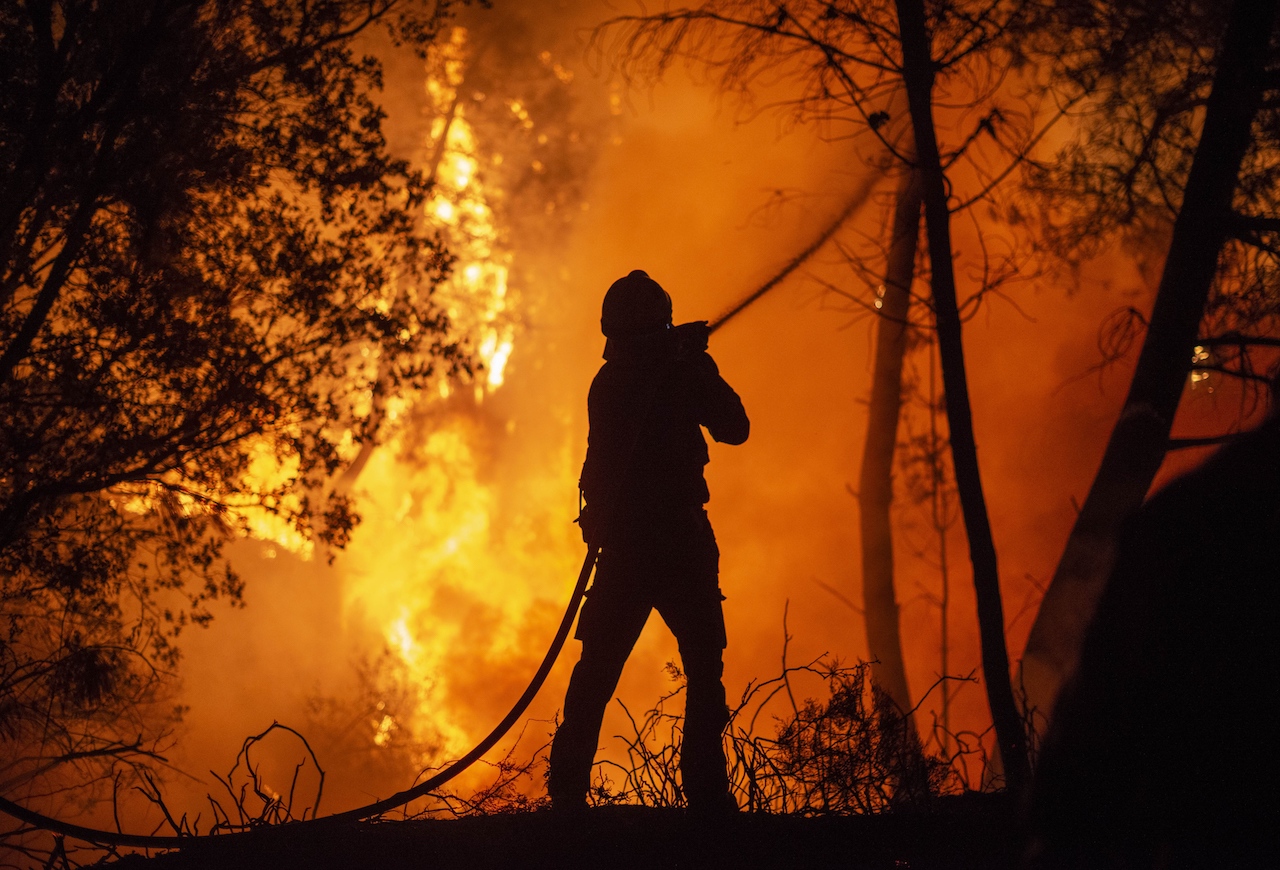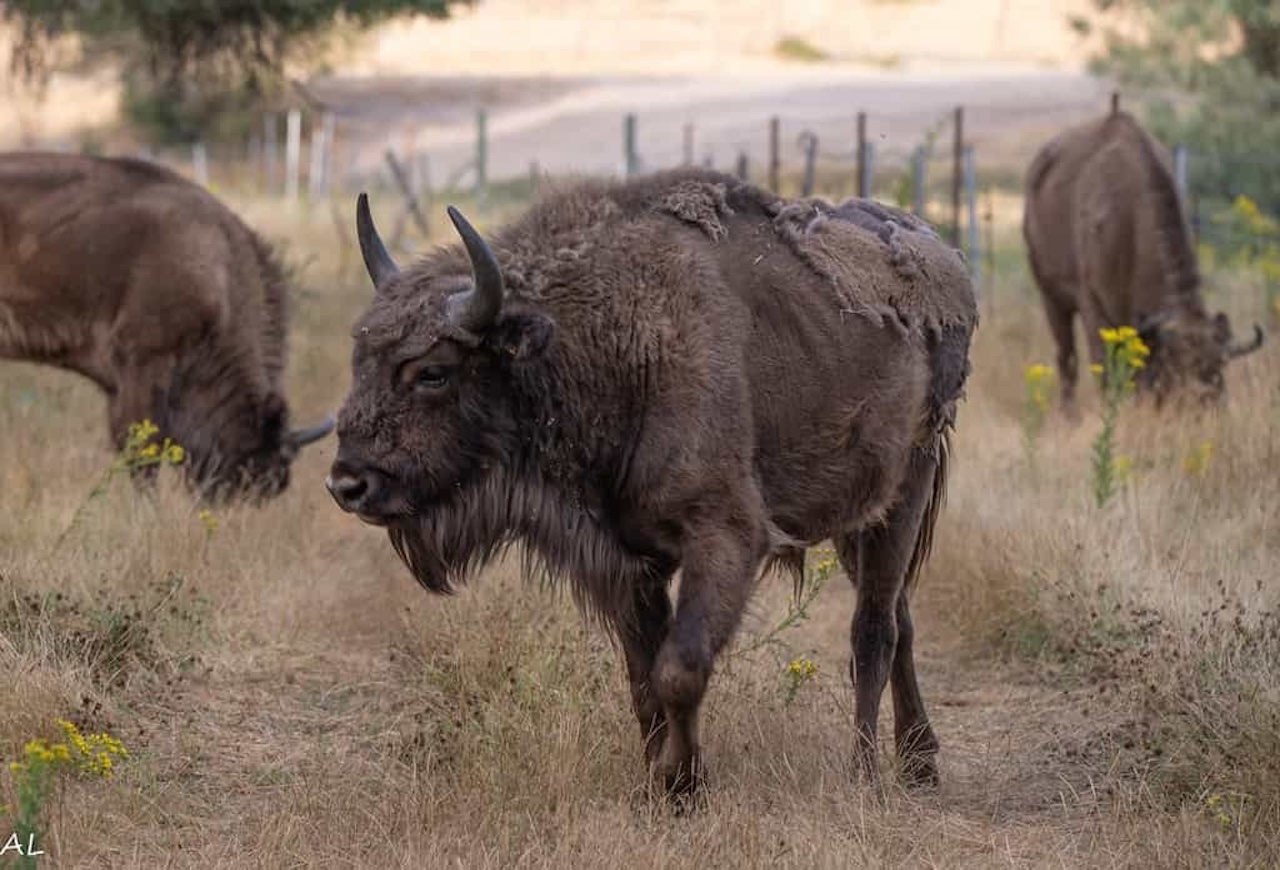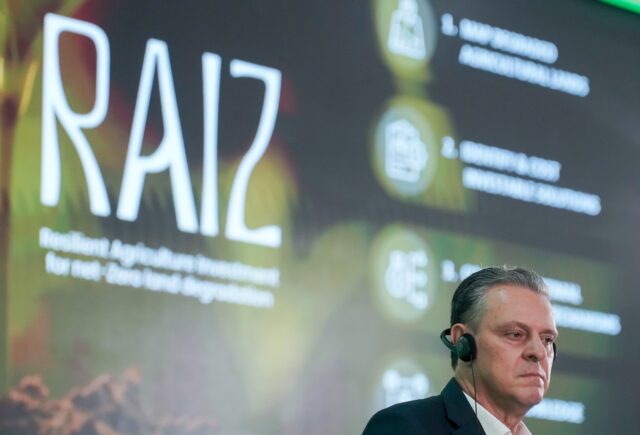The recent outbreak of a wildfire in northern Spain caused by machinery being used by Dutch-based nature restoration firm Land Life Company has sparked debate about reforestation risks

In brief
- Fire started on a Land Life plantation spread across 14,000 hectares during heatwave
- Land Life focuses on large-scale reforestation projects to help companies and organisations to take climate action and offset their carbon emissions through nature restoration
- The company has backing from investors including Dutch insurer Achmea
- Environmentalists push for better land management around forests
The outbreak of a wildfire on July 18 in a plantation in northern Spain operated by Dutch-based nature restoration and carbon offsets firm Land Life Company shows that reforestation, at a time of global heating, is far from being a risk-free business.
The fire is believed to have been triggered accidentally by a spark from an excavation vehicle being used by a contractor working in a tree nursery. It then spread across 14,000-hectares of hillside in Aragon province, before being brought under control by emergency services. More than 2,000 people had to be evacuated.
The area was tinder dry after weeks of drought and soaring temperatures that have triggered wildfires across Europe, causing death and injury, uprooting thousands from their homes, and damaging land and property. Some 200,000 hectares of forest have been destroyed by fire so far this year in Spain alone, according to EFFIS, the EU’s satellite monitoring service.
Land Life expressed sympathy for the people affected by the fire and said it had opened an investigation to clarify what had happened and that it would share the outcome with the local authorities and the public, when it was complete.
“We want to emphasize that the contractor, a local company with extensive experience in the area, had the appropriate authorization issued by the local and regional authorities. In addition, Land Life requires all contractors to follow the preventive measures recommended by the authorities in these extreme drought and heat conditions,” the company’s joint acting CEOs Rebekah Braswell and Tjeerd Anema said in a statement issued on July 24.
The company said this was the first time a fire had broken out at one of its Spanish projects during the seven years it had been operating in the country. Local people have also blamed Land Life for another fire in the region, which affected 20 hectares of land in June, according to Spanish media. The firm did not comment on these reports in its statement.
High-tech reforestation
Land Life Company establishes large-scale reforestation projects to assist companies and organisations to take climate action and offset their carbon emissions through nature restoration. The company said its mission is to help restore the 2 billion hectares of degraded land in the world by applying data and technology, such as drones, artificial intelligence and monitoring applications across the planting process. Thus far, the company says it has planted around 6m trees and restored some 6,000 hectares of land in 25 countries, with a focus on the US, Spain and Australia.
Dutch insurer Achmea took a minority stake in the company in 2020 through its Achmea Innovation Fund, which is currently Land Life’s largest external shareholder. In September 2021, the two companies announced a joint project to plant around 1m trees over the following three years, initially in Australia and Iceland. Achmea said the reforestation programme was part of its ambition to achieve climate neutral operations by 2030. The second largest outside investor in Land Life is the Grantham Foundation.
Fire risk in focus
There is no evidence to date that Land Life’s planting techniques exacerbated the July fire, but the incident has thrown a spotlight on the growing business of reforestation across Europe – often in areas where trees had previously been destroyed by fire.
Those partnering with companies using reforestation to pull carbon out of the atmosphere and improve the natural environment may be prompted to scrutinise more closely the practices being used to limit fire risk at a time when it is rising. Apart from the direct impact on people and habitats, wildfires are emitting all that stored carbon dioxide straight back into the atmosphere.
Environmental organisations are pushing to ensure well established techniques to reduce fire risk are implemented more widely, such as reducing the density of forests and increasing the variety of trees being grown.
In southern Europe, pines and eucalyptus are popular reforestation trees, as they are fast growing, but they catch fire relatively easily. Increased planting of more fire-resistant trees, such as chestnut, cork and oak, could be a partial solution. But this may require increased financial incentives for local communities, given these trees are slower growing and thus slower to provide an income stream.

Reducing the amount of flammable deadwood and vegetation on the forest floor is another solution. Grazing livestock can help do that, but depopulation of rural areas across Europe mean livestock farming in wooded areas is in decline. Imaginative alternatives are now being tried, including more widespread reintroduction to Europe of shrub-devouring bison, which became extinct in most of Europe around 10,000 years ago.
Bison reduce fire risk by removing existing undergrowth, and also help promote the growth of more diverse vegetation. In July, the UK became the latest European country to bring bison back to its woodlands when a small herd was released into a protected area of Kent, south-east England.






